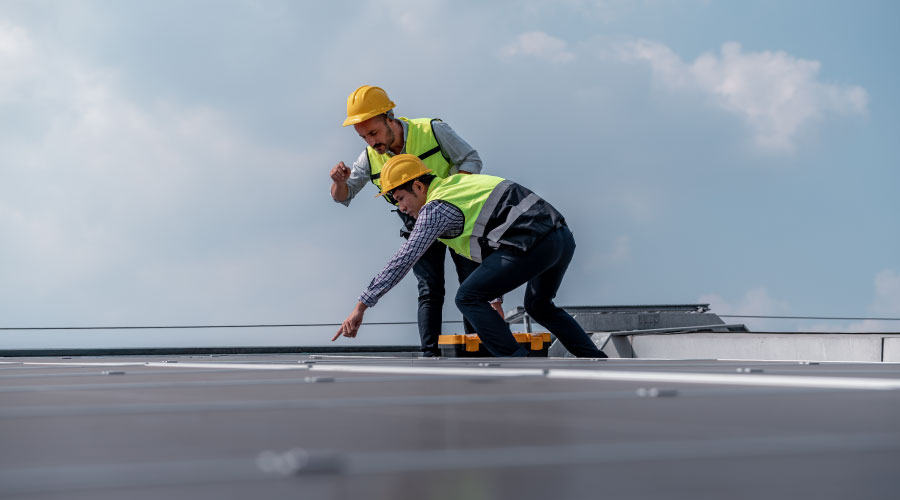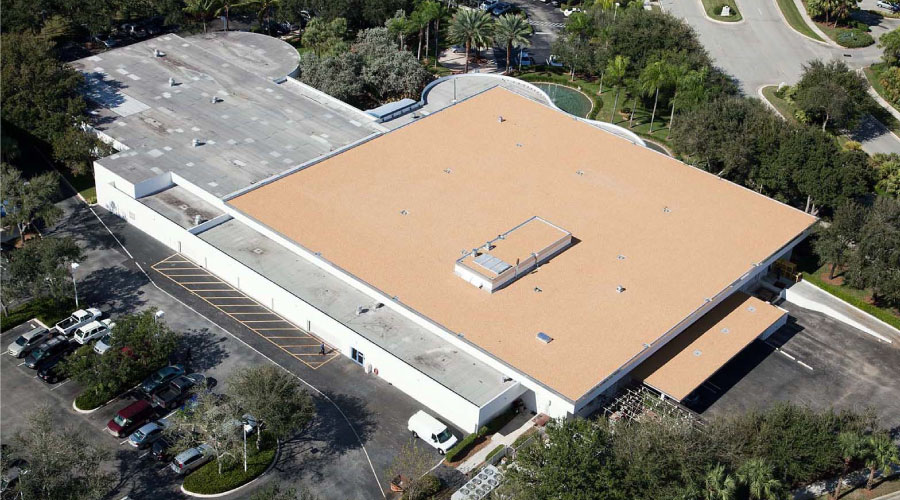Vegetative Roofs: Installation In Stages And Installation Over Existing Roof
A facility manager should be aware of considerations involved when a vegetative roof is installed in stages or is installed over an existing roof.
If replacement of the existing roof is planned at this time but the budget will not allow for the additional investment for the cost of vegetating the new roof, the facility manager can consider installing the vegetative roof in stages. This is a great benefit if facility managers want to phase the roof investment. It's possible to install a new roof now — a roof that is ready for a vegetative roof at some point in the future. The best recommendation is to plan to install the vegetative roof no more than seven years after the membrane's installation.
Keep in mind the new roof must be designed, installed, and inspected after installation, and then pre-approved for the application of vegetation at a later time. When the facility manager is ready to install the vegetation, another inspection by the manufacturer will likely be necessary to establish that the condition of the roof will still meet the requirements to proceed. Materials used for the vegetative system also have to meet the requirements set by the roof manufacturer. Do not make the costly mistake of having the roof or vegetation installed without taking the actions required by the roof materials manufacturer.
Installation on an Existing Roof
If a facility manager is considering installing a vegetative roof over an existing roof, the roof condition must be carefully examined and its expected life taken into account. Additionally, facility managers need to find out if the existing roof structure is strong enough to support the weight of a vegetative roof.
First, take a close look at the roof repair or maintenance records for the building. Second, hire a competent roof consultant who has ample experience with vegetative roof design. It may also be necessary to hire a structural engineer to determine load limits of the existing structure.
It is not always possible to be extremely accurate about the remaining service life of a roof. There could be minor leaks that may not yet be showing up on the floor or ceiling below but may get larger over time. Sometimes it is best to have a full roof evaluation, which includes checking all roof seams and possibly having a thermal or nuclear scan to find wet insulation. Have all defects, both major and minor, corrected before proceeding with the vegetation. It may be the last chance for a long time and much less expensive now than later.
These items are starting points to stimulate thinking about a vegetative roof and to begin the decision-making process. It is always important that facility managers thoroughly do their homework when it comes to vegetative roofs. Consider having a qualified roof consultant design and monitor installation. When all goes right, a vegetative roof is a valuable, long-term, aesthetically pleasing addition to any building.
Ric Vitiello is the president of Benchmark Services, Inc., forensic roof consultants, based in Louisville, Ky. His career in roofing spans more than 38 years. Vitiello provides roof failure analysis and remediation guidance to clients in various parts of the United States. He also provides roof maintenance training as well as hail and wind damage training and analysis.Vitiello can be reached at ricv@aol.com.
Related Topics:













